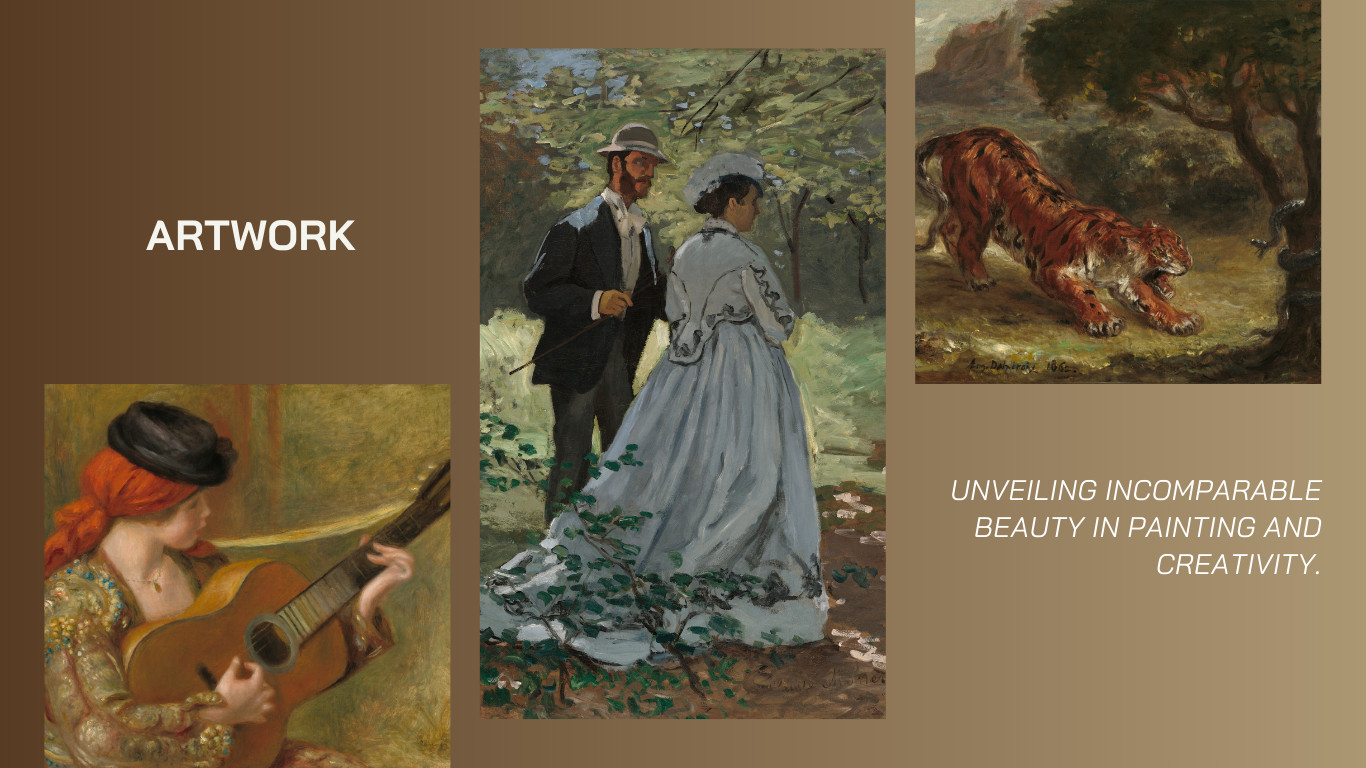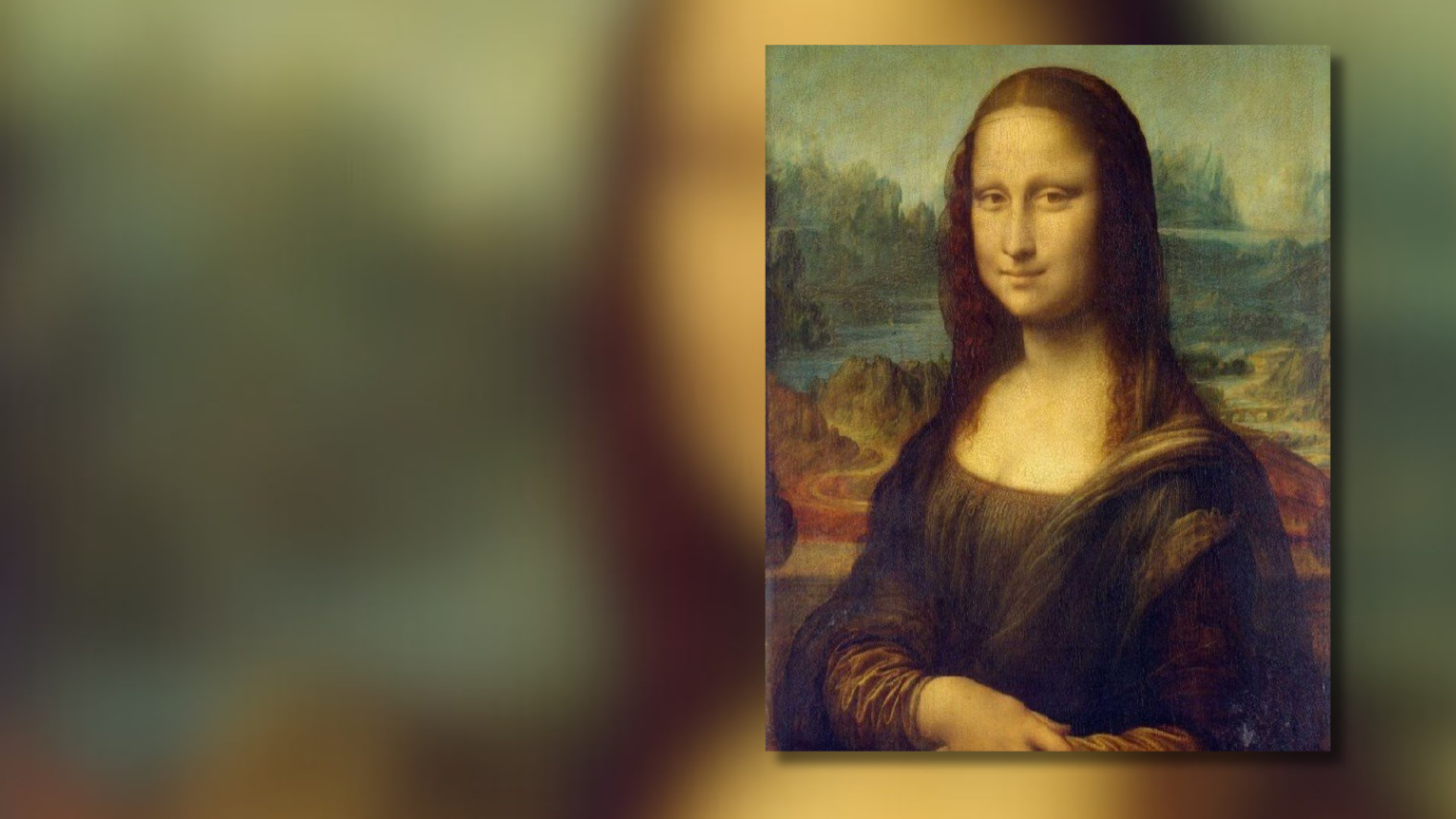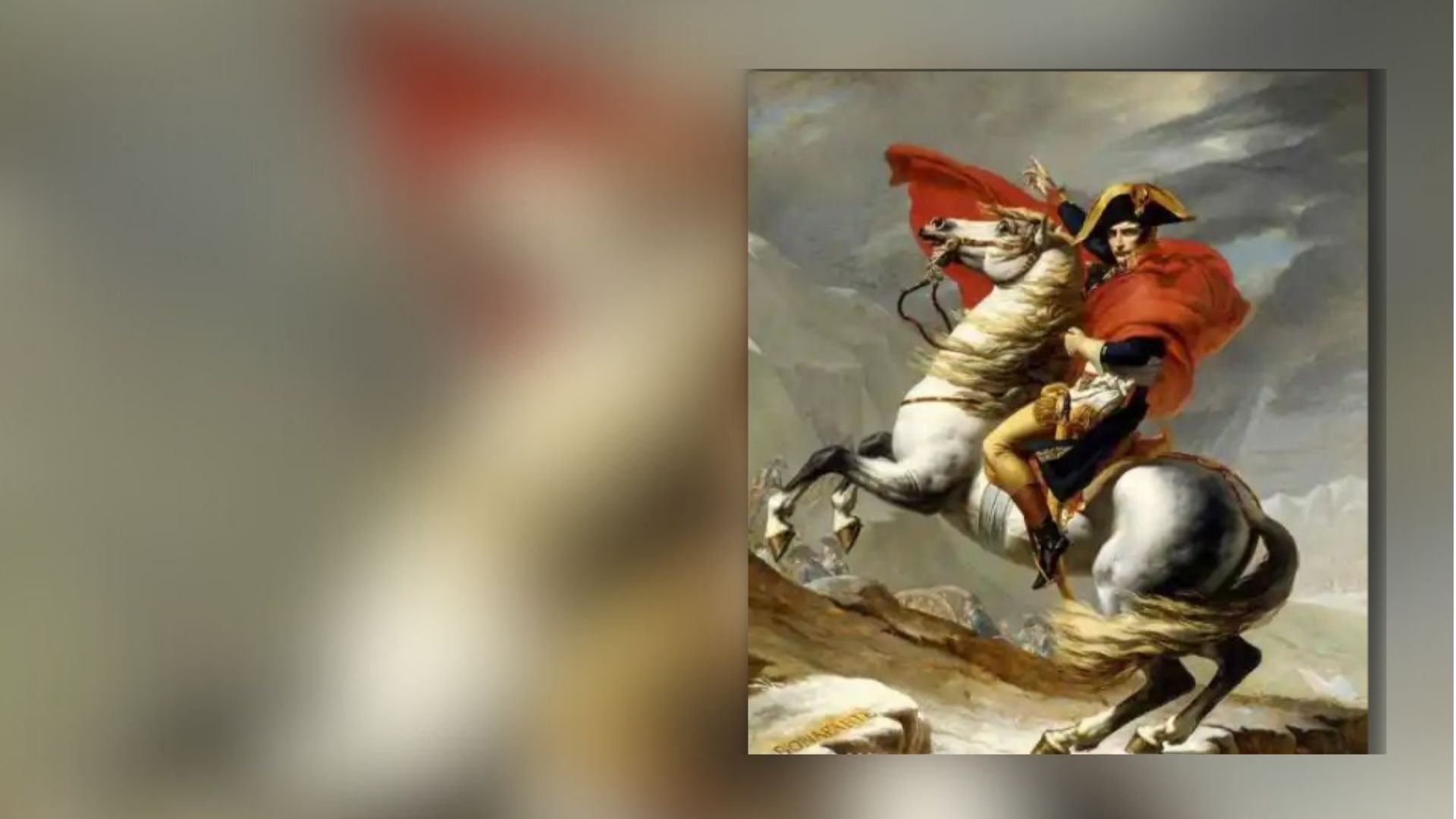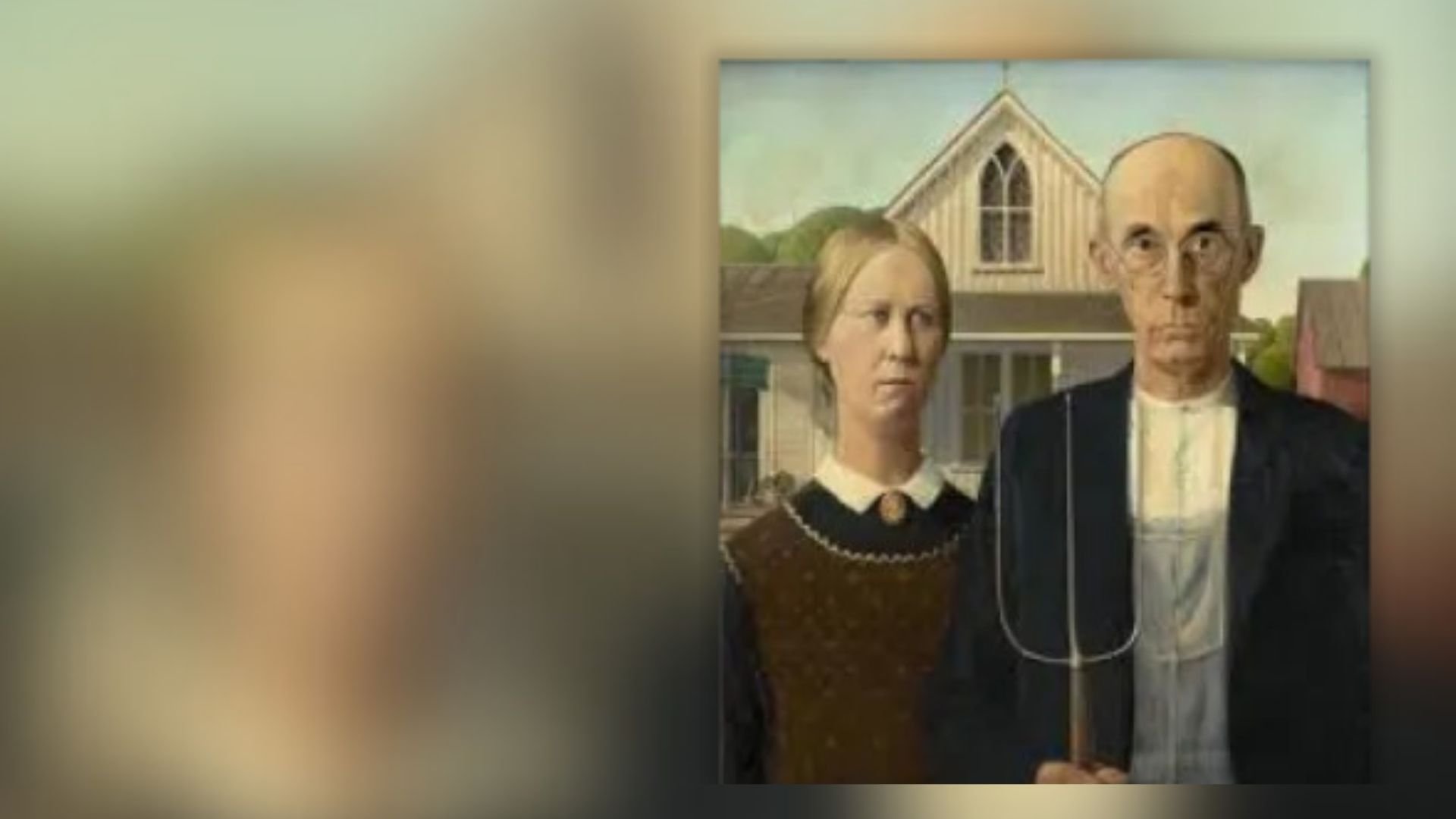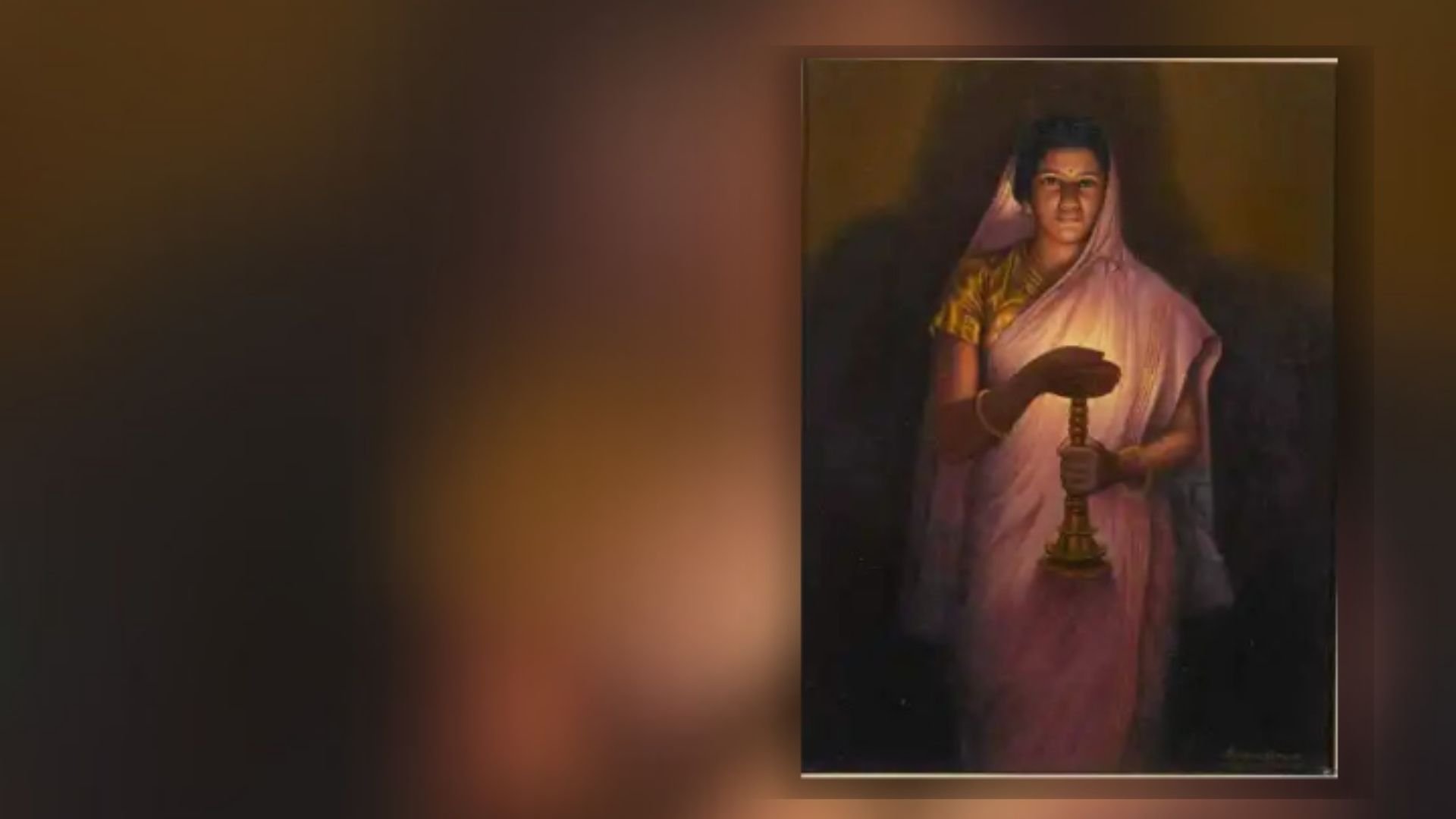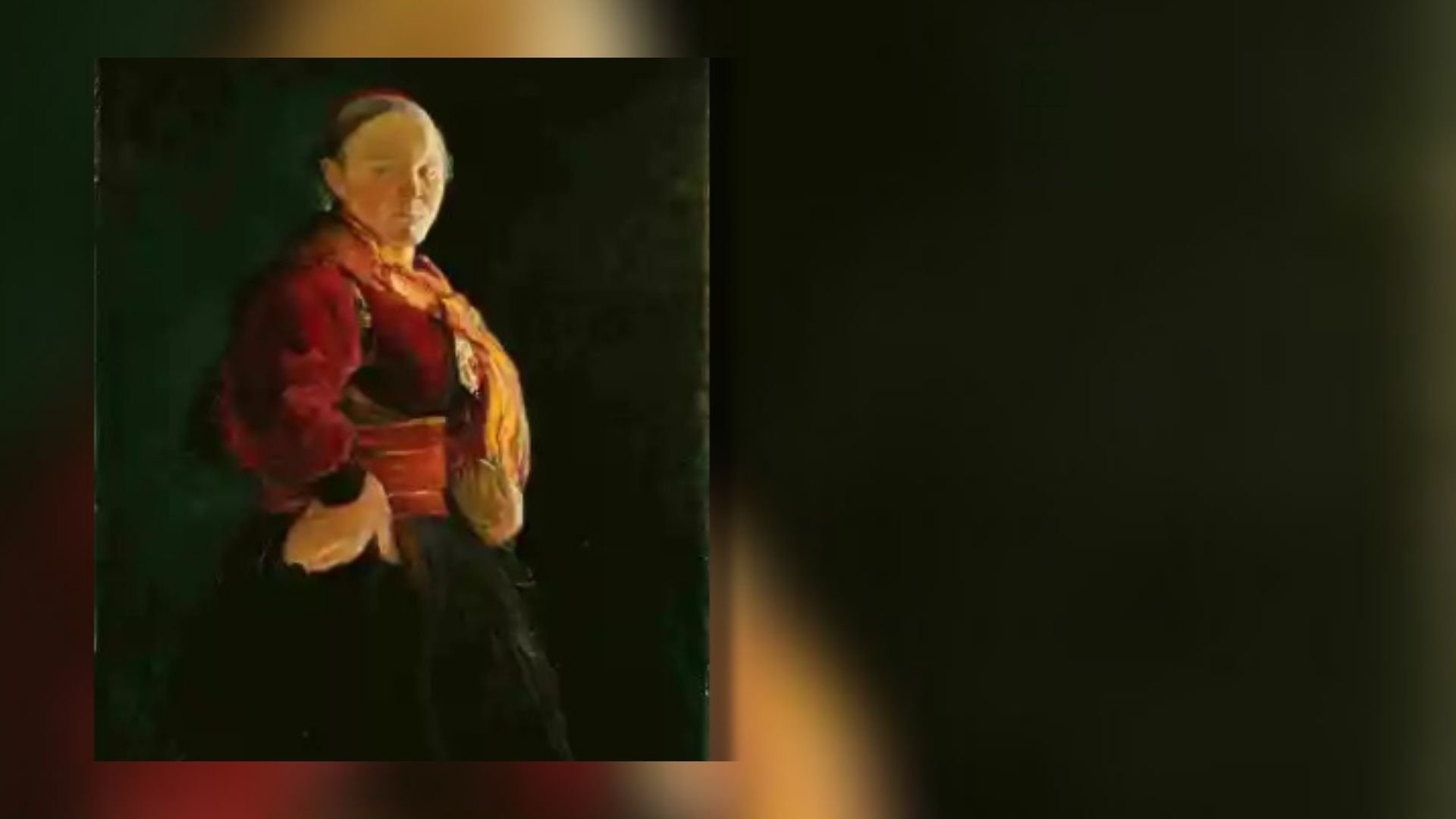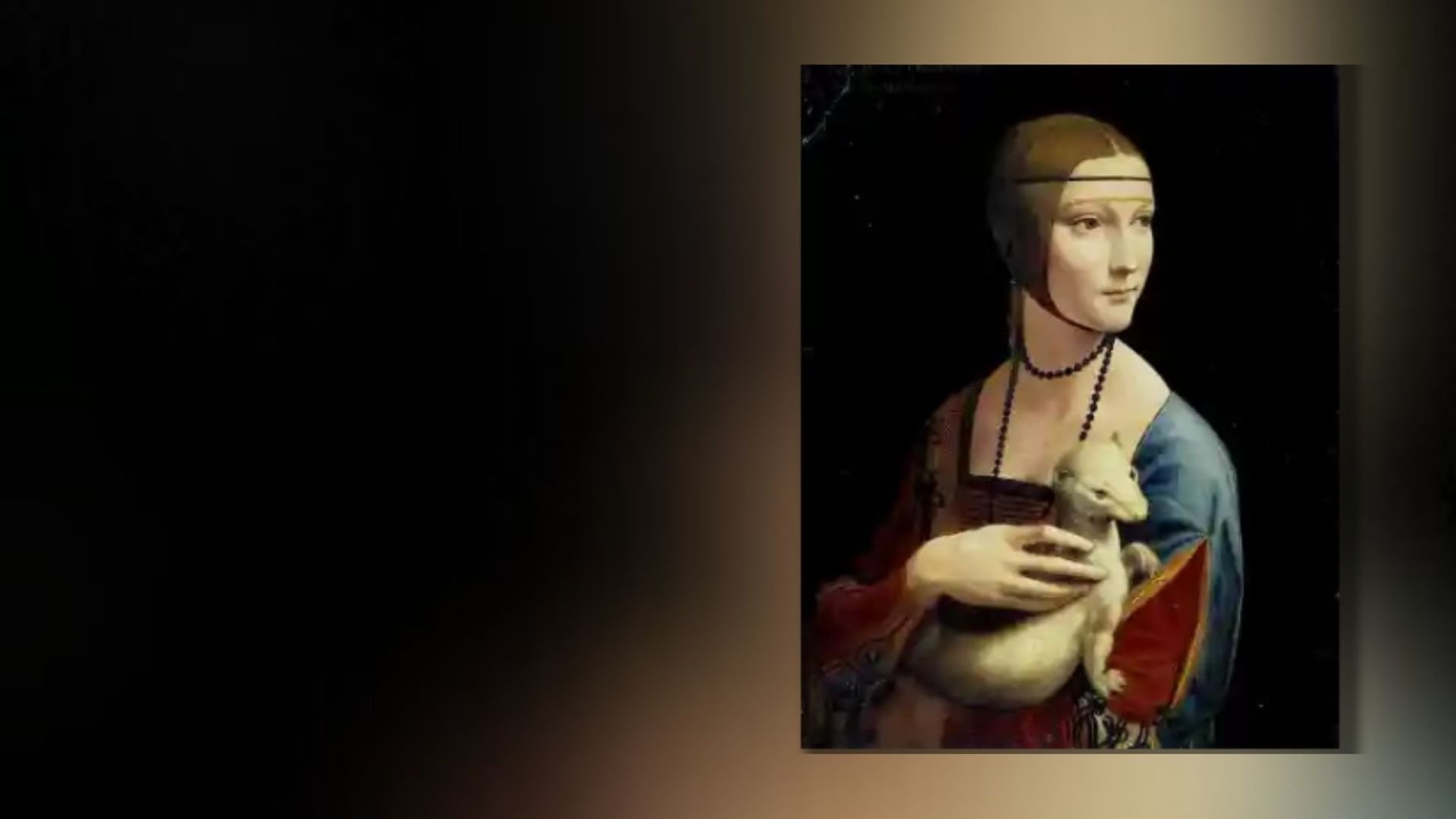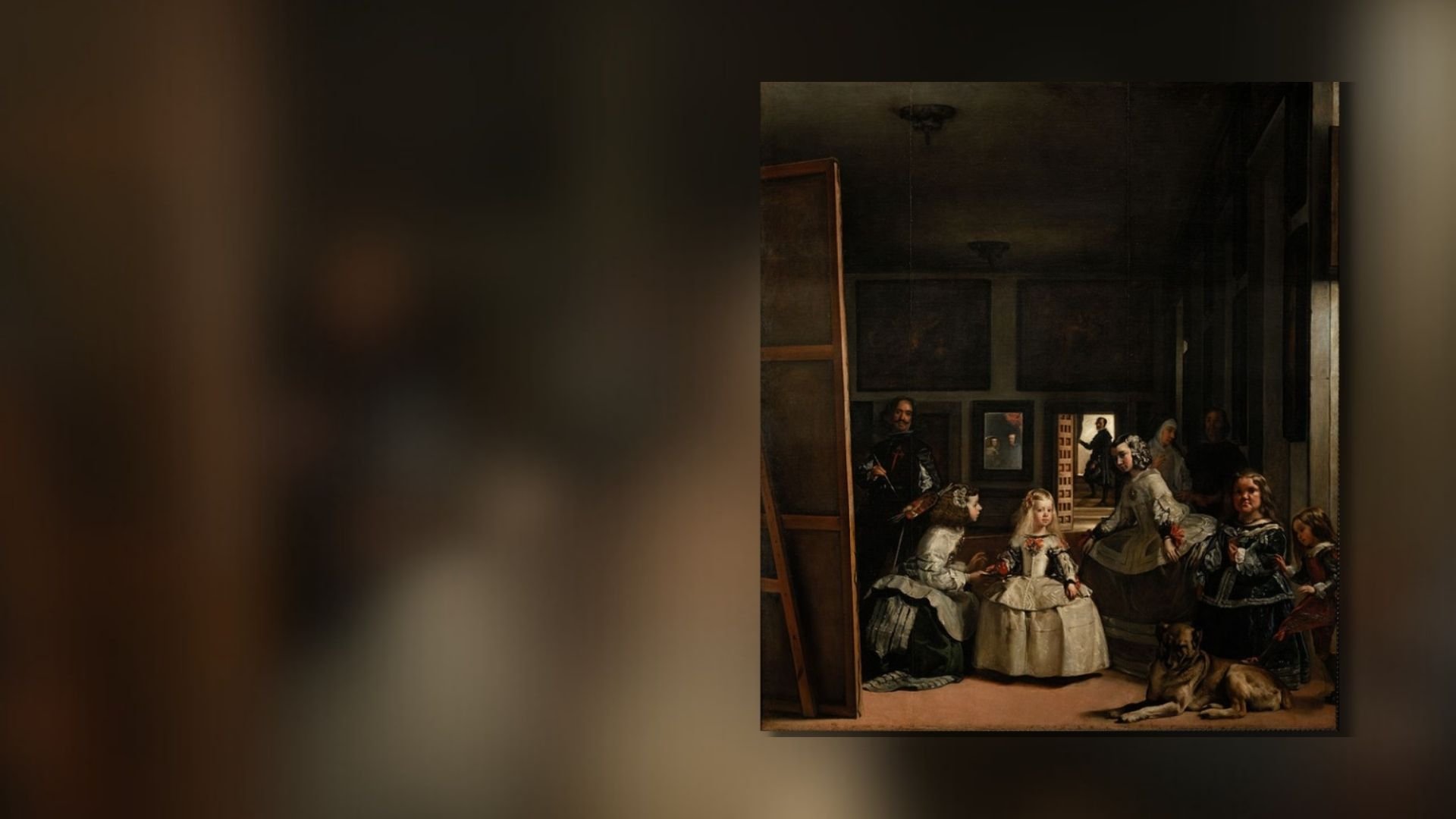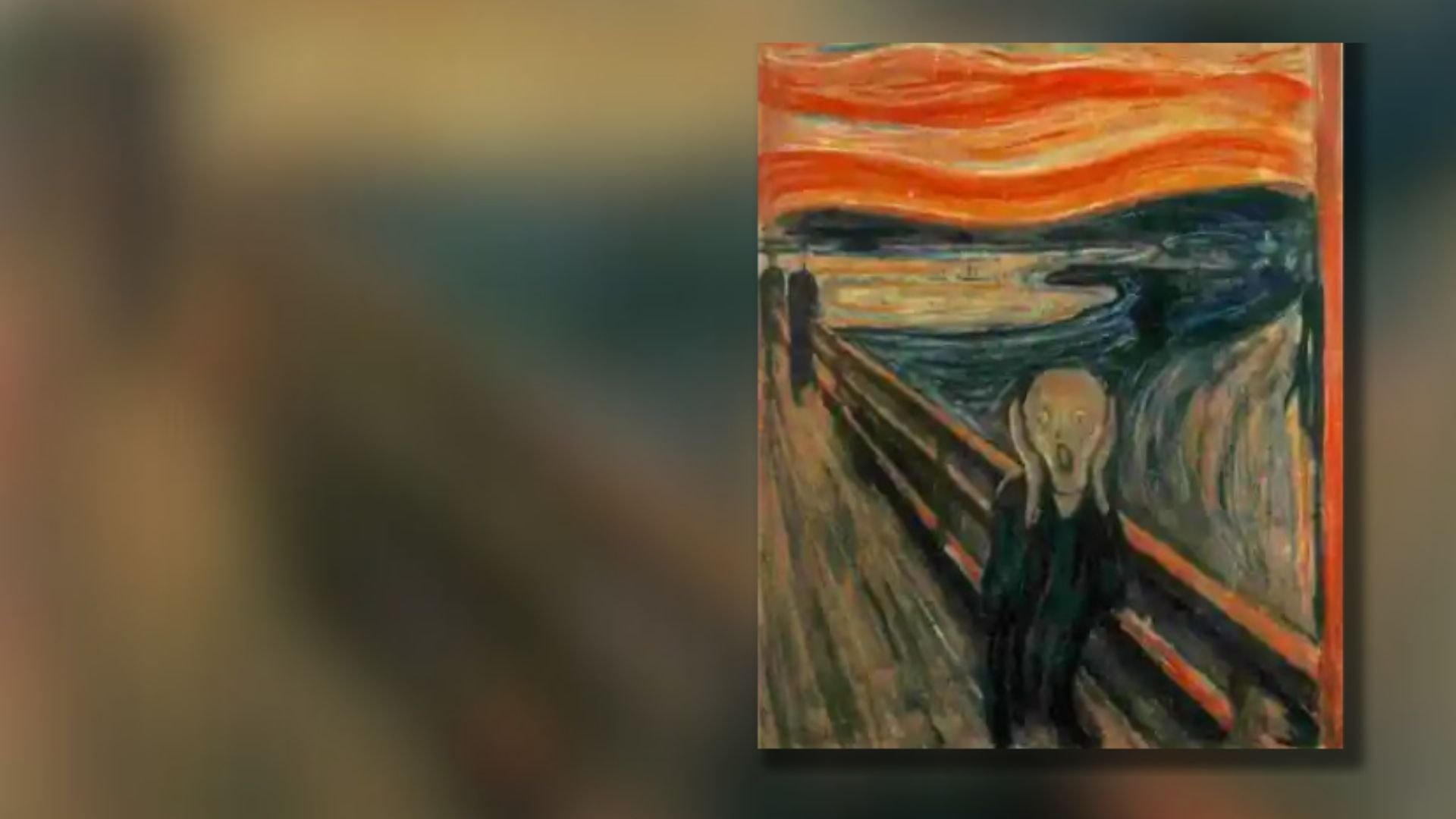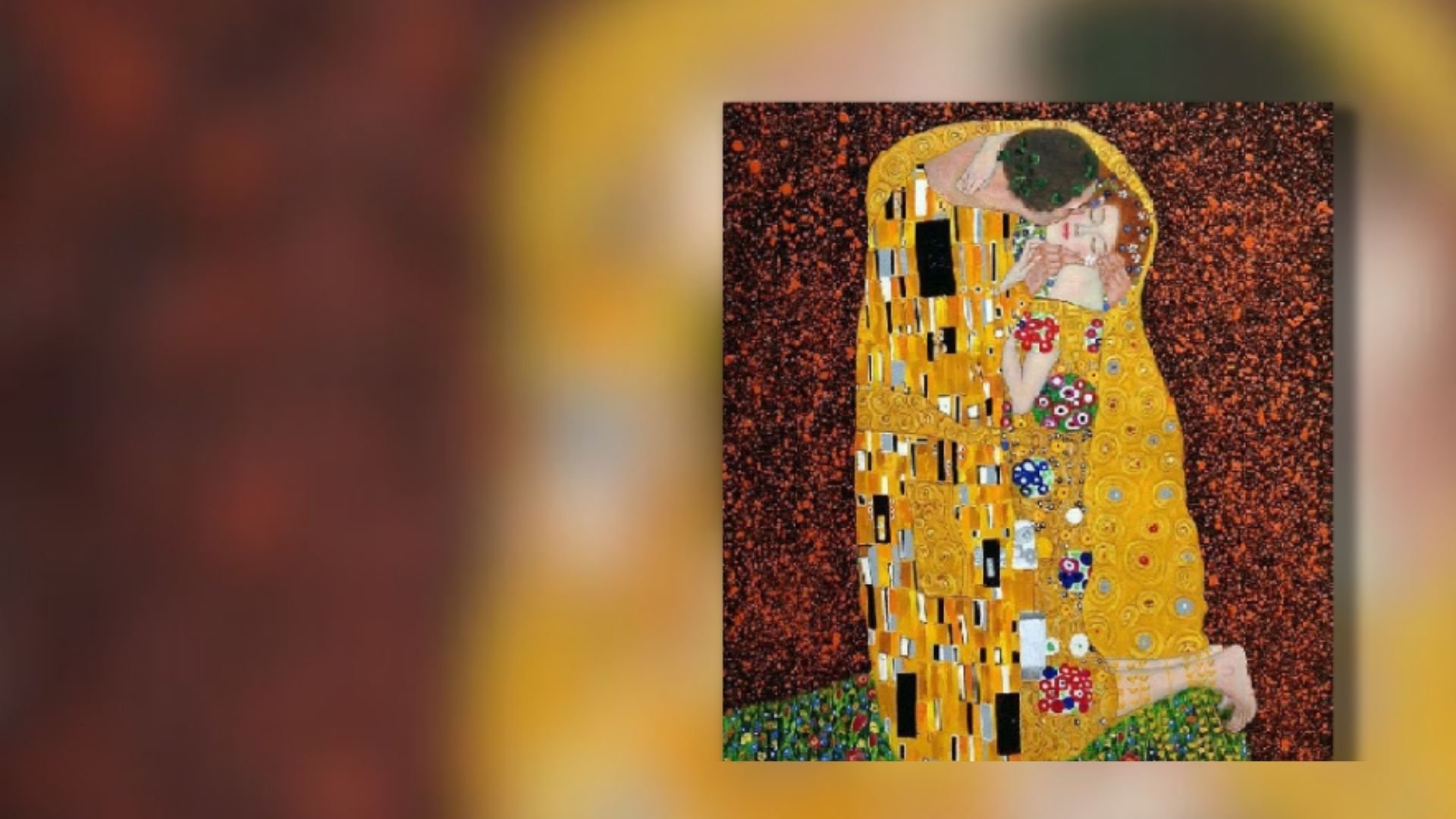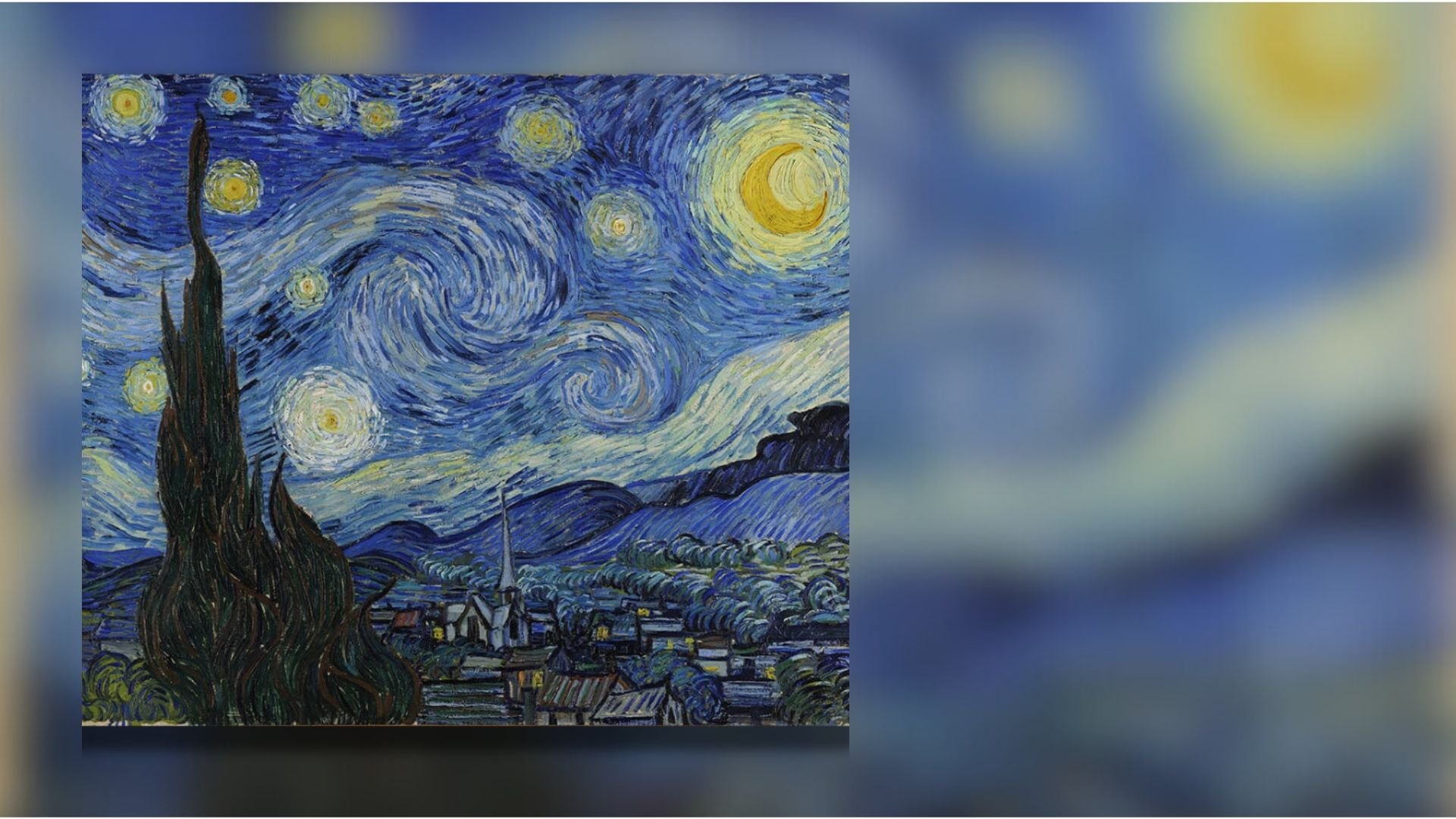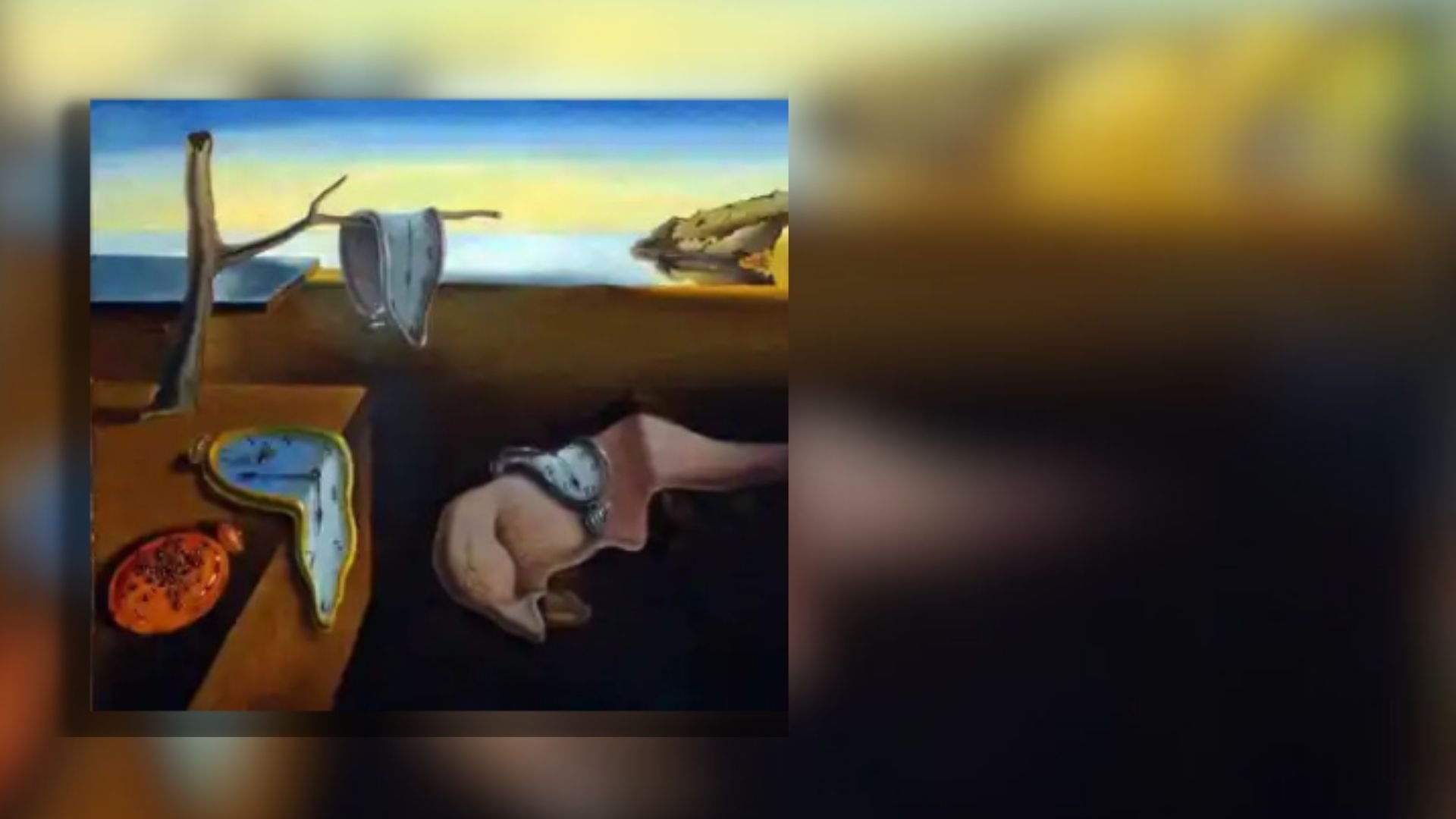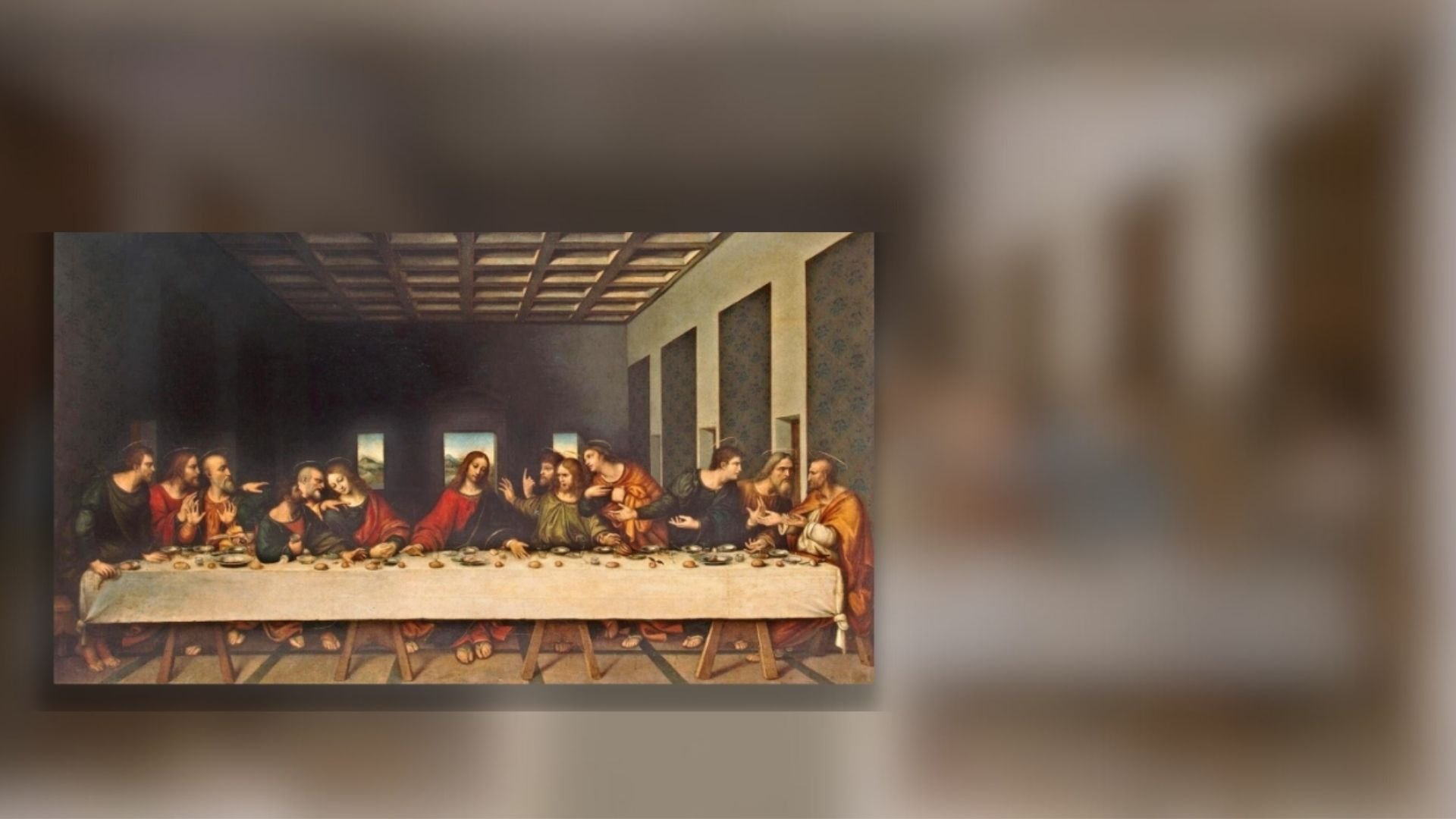Mona Lisa
Leonardo da Vinci | Pháp , 1517
The painting Mona Lisa" by Leonardo da Vinci is a small-scale portrait of a woman
with a mysterious gaze and a subtle smile. Mona Lisa is depicted against a natural
background, with an expansive landscape and a particular emphasis on the woman's
face. Prominent details include soft lighting and delicate colors, along with da Vinci's
meticulous technique in creating movement in the girl's hair and clothing. Mona Lisa's
smile is described as subtle and enigmatic, creating a mysterious and captivating
beauty. The painting is also notable for Leonardo's innovative painting techniques,
especially in the use of light and shadow, creating a natural 3D effect on the canvas.
In addition, special attention to details such as the background scenery, the light in
the eyes, and the skin tones contribute to a lively and uniquely characteristic work of
art. The artwork is owned by the French government and is currently exhibited at the
Louvre
Museum in Paris, France.

